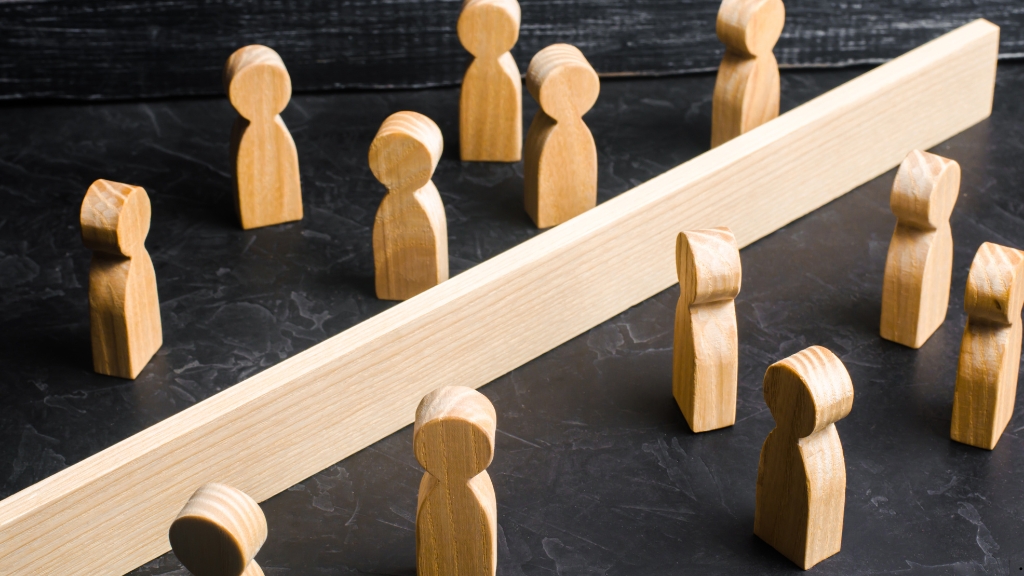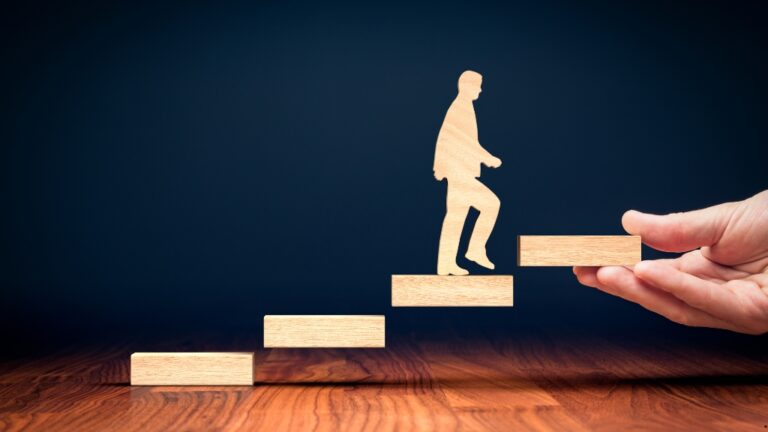
Sports have always been a stage for human excellence, but for decades, gender inequality has cast a shadow over the global arenas. From unequal pay to limited opportunities, women athletes have faced countless challenges in their fight for recognition and respect. Yet, despite the odds, they’ve continued to break barriers and redefine what’s possible.
I’ve always been inspired by how sports reflect society’s progress—or its shortcomings. The push for gender equality in sports isn’t just about fairness; it’s about celebrating talent and determination, regardless of gender. As more voices rise to challenge outdated norms, the world is starting to witness a shift that’s long overdue.
The Evolution Of Gender Equality In Sports
Achieving gender equality in sports has been a gradual process shaped by historical events and driven by influential figures and movements that challenged norms.
Historical Background And Milestones
Significant progress toward gender equality in sports began in the early 20th century. In 1900, women participated in the Olympic Games for the first time, competing in sports like tennis and golf. Title IX, passed in 1972 in the United States, marked a turning point, mandating equal opportunities for men and women in federally funded educational programs, including athletics. In 1991, the International Olympic Committee required all sports to include women’s events to be considered for the Olympics. Such milestones paved the way for increased female representation in global sporting competitions.
Key Figures And Movements
Several individuals and organizations have championed gender equality in sports. Billie Jean King, a tennis pioneer, pushed for equal pay and founded the Women’s Sports Foundation in 1974 to support female athletes. The “This Girl Can” campaign, launched in 2015 by Sport England, addressed barriers like body image and self-doubt, encouraging more women to engage in sports. Advocacy by UN Women and other global entities has brought attention to systemic disparities, promoting structural changes at local and international levels. These efforts have empowered athletes to demand fairness and foster inclusivity.
Challenges Faced By Women In Global Sports
Gender inequality continues to present numerous challenges in global sports. Women athletes navigate systemic issues that affect their careers, recognition, and opportunities to succeed.
Pay Disparities And Resource Allocation
Pay gaps between male and female athletes remain significant worldwide. For instance, the 2023 FIFA Women’s World Cup prize pool amounted to $110 million, compared to the $440 million allocated for the men’s tournament in 2022. In addition to unequal pay, women receive limited access to training facilities, sponsorship deals, and medical support. Male-dominated leagues often absorb the bulk of funding, while women’s programs struggle to secure resources necessary for high-performance competition. This imbalance stifles talent and limits growth in women’s sports.
Cultural And Social Barriers
Cultural norms and social biases frequently discourage women from pursuing sports careers. In some regions, stereotypes label athletic success as unsuitable for women, associating it with male-centric qualities. Restrictions on dress codes, societal expectations, and lack of family support further hinder participation. Female athletes who overcome these obstacles often face scrutiny, inadequate media representation, or harassment. These barriers perpetuate disparities, reducing opportunities for women to achieve visibility and respect in the sporting world.
Achieving Representation And Inclusion
Gender equality in sports relies on fostering representation and inclusion across all levels. Leadership roles and media coverage are two critical areas shaping these efforts.
Progress In Leadership Roles
Women are increasingly filling leadership positions in sports organizations. For example, as of 2023, 14 women serve as International Olympic Committee members, with several holding executive roles. Federations like FIFA and the NBA have also prioritized hiring women in decision-making roles, influencing policies and resource allocation. Despite this progress, women hold less than 25% of top-level leadership positions in global sports bodies, revealing persistent gaps. Expanding diversity in these roles ensures broader gender perspectives in governing decisions.
Representation In Media Coverage
Female athletes receive significantly less media coverage than their male counterparts. Studies show that women’s sports account for only 4% of sports media coverage globally. When covered, content often emphasizes appearance over achievements, perpetuating harmful stereotypes. Events like the FIFA Women’s World Cup and the WNBA Finals are helping shift the narrative, drawing record-breaking viewership and positive recognition for female athletes’ performance. Prioritizing fair representation in media not only boosts visibility but also attracts sponsorships, enhancing financial and career opportunities for women in sports.
The Role Of Policy And Advocacy
Policy and advocacy significantly influence the progress of gender equality in sports by addressing structural barriers. Through international regulations and grassroots initiatives, efforts continue to create equitable environments in global sporting arenas.
Impact Of International Regulations
Global regulations establish frameworks for gender equality in sports. The United Nations’ Sustainable Development Goal 5 emphasizes achieving gender equality, urging governments and organizations to support women in athletics. Policies like Title IX in the U.S. have mandated equal funding and opportunities in educational sports programs, leading to a surge in female participation since 1972.
The International Olympic Committee (IOC) implemented gender quotas, increasing female athlete representation at the Olympic Games. In 1981, the IOC inducted women into decision-making roles, fostering inclusivity at leadership levels. More recently, the 2020 Olympic Games achieved near parity, with women accounting for 48.8% of participants. Similarly, FIFA’s 10-year Women’s Football Strategy aims to double female participation by expanding access to training and competitions globally.
Grassroots Initiatives Supporting Equality
Grassroots efforts drive change by dismantling barriers at the community level. Programs such as Girls on the Run and Non-Governmental Organizations like Women Win provide critical resources, including funding, coaching, and safe spaces for young girls to engage in sports. These initiatives encourage early participation, build confidence, and challenge social norms.
Campaigns like “This Girl Can,” launched by Sport England, highlight diverse female athletes, inspiring others to pursue sports regardless of ability or background. Local mentoring programs promote career pathways for women in sports, from athletes to coaches and administrators. Grassroots movements amplify advocacy by fostering inclusivity in everyday sporting activities, creating long-term systemic change.
Inspiring Stories Of Change
Highlighting stories of progress in sports underscores the transformative impact of challenging societal norms. Many individuals and campaigns have demonstrated that persistence and advocacy can break entrenched barriers.
Female Athletes Breaking Stereotypes
Female athletes continue setting new standards, inspiring global audiences. Serena Williams, a 23-time Grand Slam champion, defied expectations in a sport historically dominated by men. Her achievements redefined excellence and challenged biases about strength and motherhood in professional sports. Simone Biles, with 34 world and Olympic medals, fought for mental health awareness, proving that athletes’ courage extends beyond performance.
In soccer, Megan Rapinoe not only achieved success as a two-time FIFA Women’s World Cup winner but also advocated for equal pay, successfully inspiring policy changes within U.S. Soccer. Women like these shattered conventional stereotypes, forging paths for future generations.
Gender Equality Campaigns Making A Difference
Global campaigns have played vital roles in advancing gender equality in sports. The “This Girl Can” initiative, launched in the UK, challenged stereotypes by celebrating women of all ages and abilities in sports despite societal judgment. It’s influenced millions to embrace active lives without shame.
UN Women’s “Sport for Generation Equality” campaign emphasizes collaboration with sports organizations to push for equity. It’s driven reforms such as increased female leadership roles and equal representation in events. Campaigns like “Equal Playing Field,” which advocate for parity across countries and highlight economic disparities in sports, have gained momentum with record-breaking support.
Conclusion
Achieving gender equality in global sports isn’t just about fairness; it’s about unlocking potential and creating opportunities for all athletes, regardless of gender. The progress we’ve seen so far is inspiring, but the journey is far from over. Addressing systemic barriers, challenging outdated norms, and amplifying the voices of women in sports are essential steps forward.
By supporting policies, campaigns, and individuals driving change, we can build a more inclusive sporting world. Every effort counts, from celebrating female athletes’ achievements to ensuring equal representation in leadership and media. Together, we have the power to break barriers and redefine the future of sports for generations to come.



